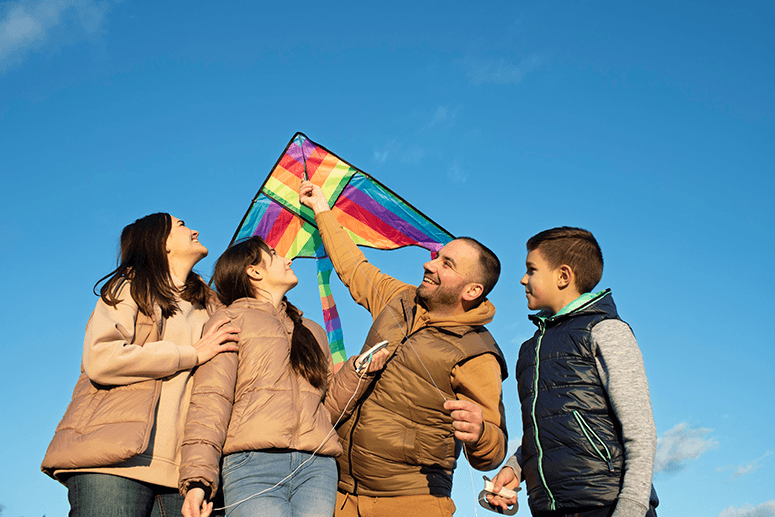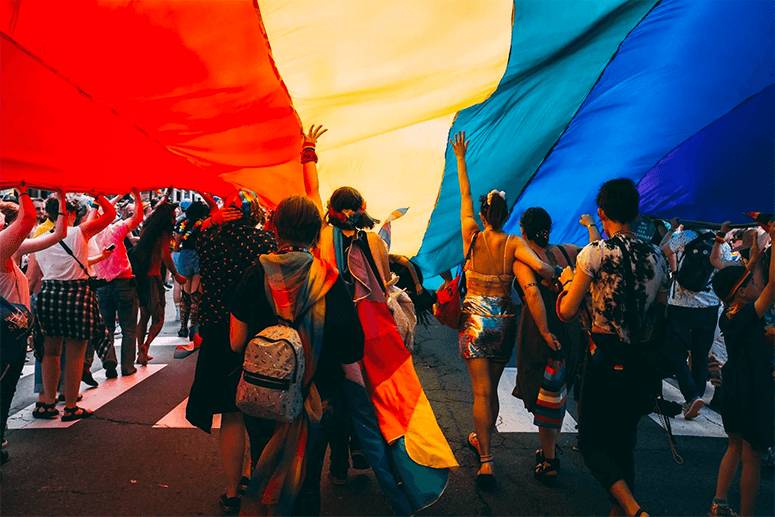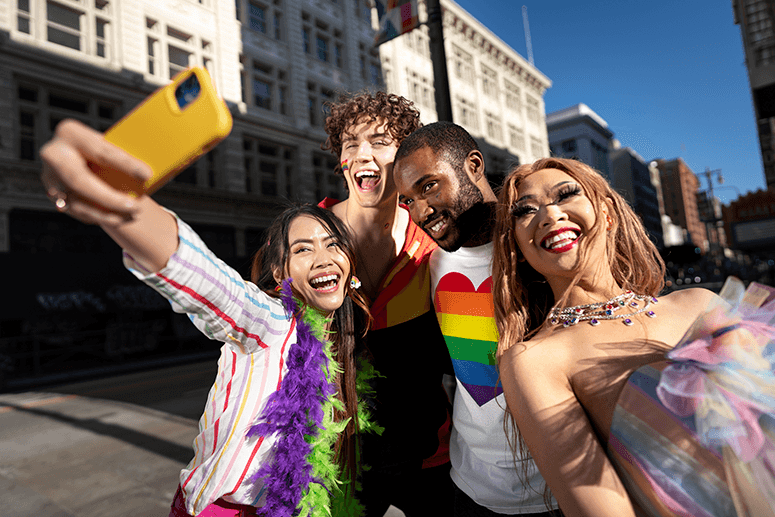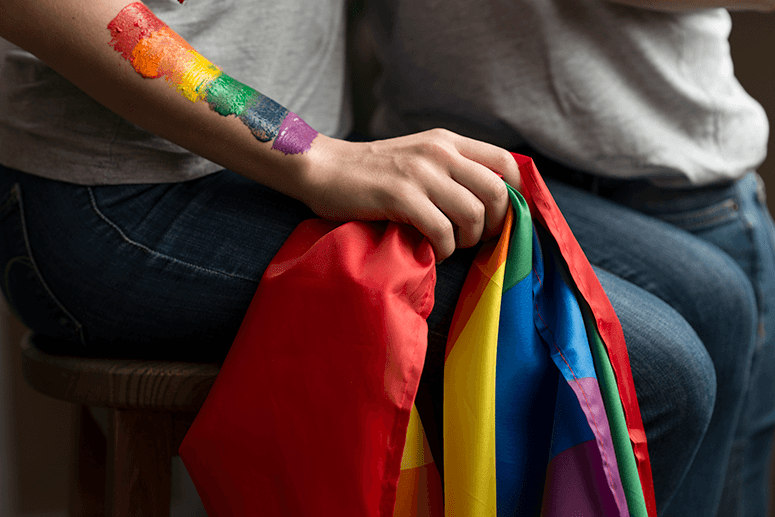Metamorphosis: Owning your queerness in the Philippines
I was brought up to believe you should conform to what society deemed acceptable. Otherwise, you’re abnormal. You’re going against the sacred word of a higher being. You’re a failure.
As such, queer people undergo a transformation—not just in terms of unlearning these beliefs but also living their truth. They not only change; they become.
Young STAR spoke to young queer Filipinos and asked, “What was your queer becoming like?”

Caterpillar: What it was like before
Religion and family are major influences on how LGBTQIA+ people perceive themselves. Kat, a non-binary multimedia artist and vlogger, said, “Growing up in a somewhat religious household and (with) media that was only full of heteronormativity, I was taught that my SOGIE is just this one fixed thing.

“I was so keen to dismiss that I was in love with a woman because the people around me kept referring to the Bible and saying that what I feel is a sin.”
When it comes to trying to fit in, the people I spoke to commonly said they were made to believe that what they feel is wrong—because the Church says so. Because their parents insist so. Because their peers believe so.
I have always (had high regard for) societal norms because I thought it upholds peace. But what is peace if it deprives me of my own identity?
The SOGIE Bill in the Philippines hasn’t been passed into law because some legislators claim we are a religious country and should stay as such. Opponents of the bill also often use Bible passages to support their arguments. More so, they say the SOGIE Bill doesn’t fight for equality, but special rights for LGBTQIA+ people.

But the bill only ensures that everyone is treated fairly and humanely. It protects queer people against discrimination—for simply being who they are.
“I have always (had high regard for) societal norms because I thought it upholds peace. But what is peace if it deprives me of my own identity?” added Bella, a 19-year-old freshman from the province.
Chrysalis: What it’s like to transform
According to the young queer people I spoke to, here are some ways we can foster understanding and acceptance of the gender spectrum and the LGBTQIA+ community.

Media representation
There are now more and more films, TV series and books with queer characters that explore the dynamics of the LGBTQIA+ community. These, when done right, may help audiences see the nuances of queerness and realize that there is nothing inherently bad about it.
Starting dialogues
Rica Solomon, a trans woman content creator, shared on TikTok the difference between using the term “transwomen” and “trans women.” The space between signifies that we use trans as an adjective, and not as a noun that belittles the womanhood of trans people. Hence, the space matters.
@rica.salomon Replying to @Tong ngyuen ♬ original sound - Rica Salomon
Dialogues like these help us better understand the dynamics of the world we live in. Coming from a place of love and respect in such discussions can bring us far.
Taking a stance
Bullying and harassment are just a few of the problems queer people face. Taking a stance helps defend LGBTQIA+ people and upholds their basic rights as human beings.

Last year, four young trans girls went viral after they had to cut their long hair prior to graduation in compliance with school policy. It received sympathy from users online with over 100,000 reactions. From this post, Miss Trans Global 2020 Mela Habijan called for the Department of Education (DepEd) to encourage inclusivity in schools.
A month later, Habijan received an email from DepEd reiterating “the strict implementation of and compliance to DO 32, s. 2017,” or the Gender-Responsive Basic Education Policy. Taking a stance and holding our ground could be transformative.
Butterfly: What it’s like now
Coming out and accepting your SOGIE is not necessarily like transforming into a butterfly. It’s not about changing who you are. It’s not necessarily growth either. It is becoming. It is embracing who you are and keeping your truth, even if it’s not aligned with what society deems acceptable.
Acknowledging you’re queer can be difficult. We may have deep-rooted homophobia because of how we were raised and what we were made to believe. Being able to unlearn that to embrace your SOGIE and come out, should you choose to, is a beautiful thing.

“My heart feels lighter. Para akong nawalan ng tinik,” Sam says after he shared the story of their coming out. In addition, Bella says, “I didn’t come out. I don’t feel the need to, because I don’t think I owe anyone an explanation of who I am and who I choose to love. I do whatever I feel, may that be touching my partner in public spaces or simply taking her out for a meal in broad daylight.”
Coming out looks different for everyone. But at its crux, it is embracing your becoming. It is embracing the full extent of your identity, wherever that may fall in the spectrum. Being a member of the LGBTQIA+ community in the Philippines is a process of learning and unlearning beliefs.
When asked what it’s like now, Bella says, “I no longer feel the need to conform to what they believe is right. And I no longer try to help others make sense of who I am. My relationship and identity are not for publicity. It is for me to be happier with what makes sense to me.”
And while coming out, learning and unlearning beliefs, and fighting for individual safe spaces are all acts of bravery, the fight for LGBTQIA+ rights doesn’t end there. It takes collective action to transform not just ourselves, but the world we’re in.


